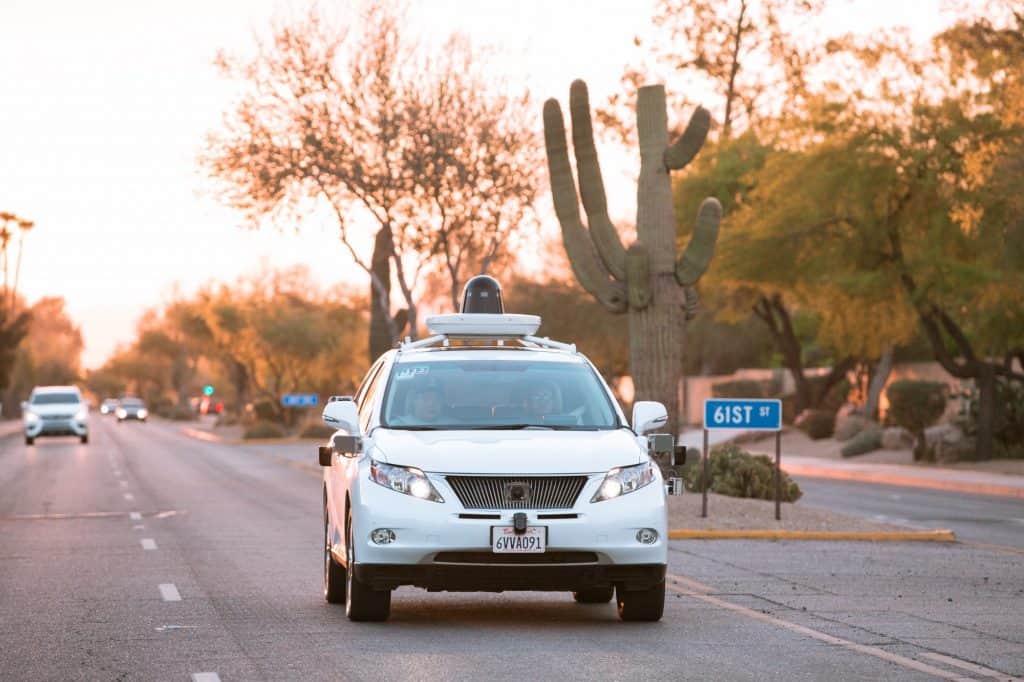 Google has split off its Alphabet self-driving car project and relaunched it as Waymo, a new Alphabet business. To consumer advocates it signals a departure and warning bell because there the public needs “way mo'” information at the robotic cars.
Google has split off its Alphabet self-driving car project and relaunched it as Waymo, a new Alphabet business. To consumer advocates it signals a departure and warning bell because there the public needs “way mo'” information at the robotic cars.
It was announced in blog post on Medium by CEO John Krafcik formerly of TruCar who stated that Waymo stands for a new way forward in mobility, claiming to be self-driving technology company with a mission to make it safe and easy for people and things to move around.
Waymo may be a new company, that is building on -driving technology developed over many years at Google. Krafcik claims,
“The ability to complete a fully self-driven trip on everyday public roads, with no test driver, was a big milestone for our team and the history of this technology. It was the signal that we could begin to shift our focus from foundational technical work towards launching our own company so we can offer many more rides, in more places, for more people.”
Our next step as Waymo will be to let people use our vehicles to do everyday things like run errands, commute to work, or get safely home after a night on the town.”
Google’s new name for its robot car division, “Waymo,” fits, Consumer Watchdog said today, because it reminds us that we must know “way more” about robot cars and the serous policy issues they raise before self-driving cars can be safely deployed.
In announcing the new stand-alone robot car company CEO John Krafcik said self-driving cars would come with steering wheels and pedals for now, an apparent reversal of earlier plans. He said the company won’t make cars, but will partner with traditional automakers.
“Google – now Waymo – needs to tell the public way more about how their robot car systems work and what ethical choices are programmed into their secret algorithms,” said John M. Simpson, Consumer Watchdog’s Privacy Project Director. “But, admitting that robot cars aren’t really ready to be put on our roads without steering wheels and the capability for a human driver to take control is an important acknowledgment of reality.”
Consumer Watchdog said that more information is critical to understanding the state and safety of self-driving technology. For example, data that is provided in the disengagement reports required by the California Department of Motor Vehicles showing when the robot driver failed in cars being tested. Google’s last disengagement report said its self-driving technology failed 341 times in 425,000 miles – 272 times because the software couldn’t cope, turning over control to the test driver and 69 times when the driver decided to intervene for safety reasons. The next disengagement reports are due to be filed with the DMV Jan. 1, 2016.
Google says the robot car company’s new name, “Waymo,” stands for “Way forward in mobility.”
“Google may want to go forward,” said Simpson, “but there is way mo’ we need to know before they are allowed to.”